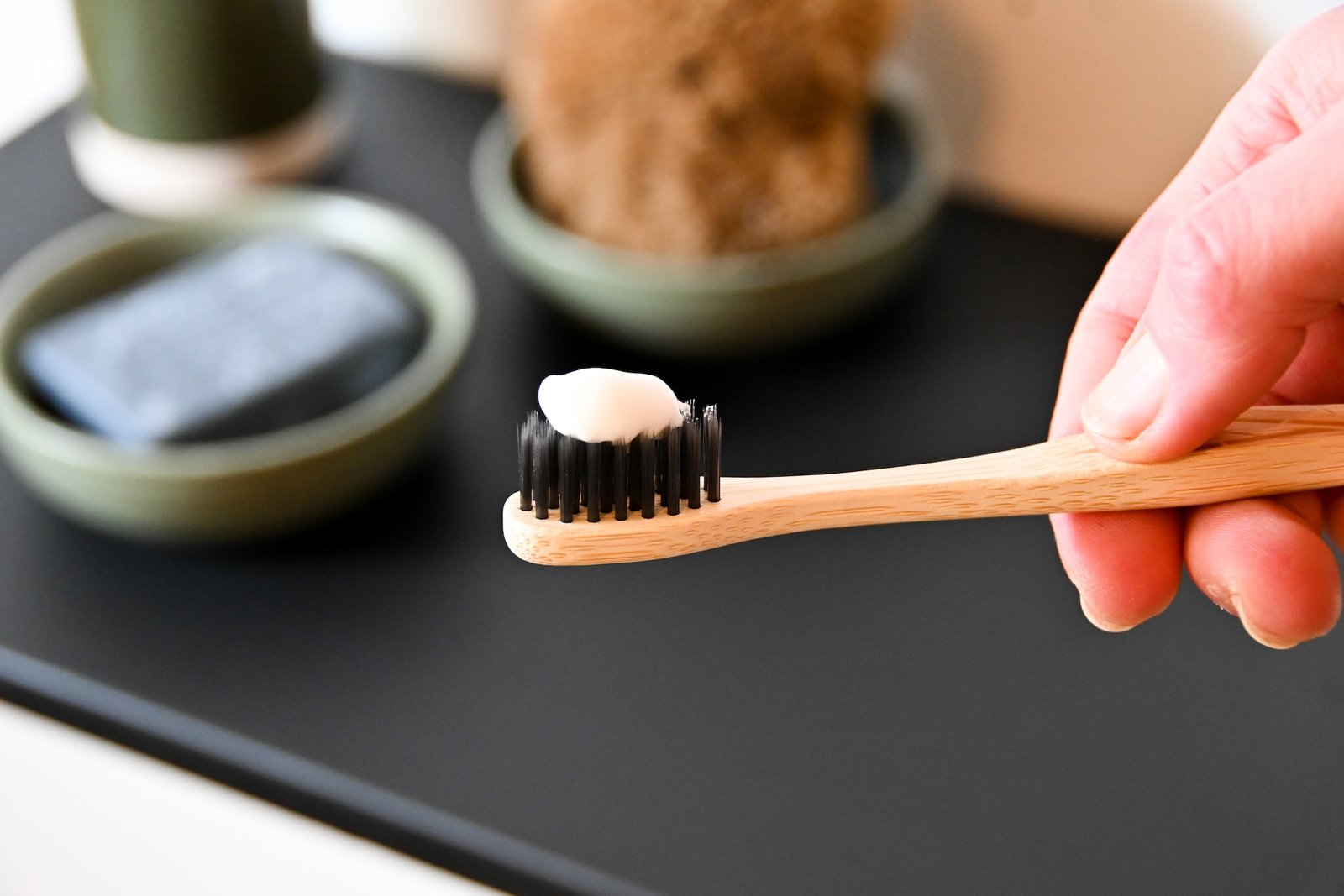The science behind Sensodynes active ingredients
Sensodyne toothpaste is one of the most popular toothpaste brands available in the market for people who suffer from sensitive teeth. Its active ingredients have been carefully formulated to relieve tooth sensitivity and provide long-lasting protection. The science behind these ingredients and their unique benefits have led to the creation of a product that has become synonymous with sensitive tooth care.
The primary active ingredient in Sensodyne toothpaste is potassium nitrate. This compound works to desensitize the nerve endings in the teeth and gums, which are responsible for transmitting pain signals to the brain. It works by penetrating the enamel and dentin layers of the teeth, where it comes in contact with the nerves, which causes them to become less sensitive over time. The result is that users experience less pain when they consume cold or hot foods and drinks.
Another crucial ingredient in Sensodyne toothpaste is fluoride. Fluoride is commonly found in many toothpaste brands because it helps protect teeth from decay and cavities. It works by remineralizing the enamel, which strengthens the teeth and makes them more resistant to acid attacks that can lead to tooth decay. By strengthening the teeth, fluoride also plays a vital role in reducing tooth sensitivity.
Sensodyne toothpaste also contains strontium acetate, an ingredient that helps block the tiny tubules in the teeth that are responsible for transmitting pain signals. This ingredient forms a protective layer over the exposed dentin, which helps prevent outside stimuli from touching the nerves underneath. As a result, users experience less pain when they consume foods or drinks that would typically cause sensitivity.
The science behind Sensodyne toothpaste’s active ingredients is grounded in years of research and development. The combination of potassium nitrate, fluoride, and strontium acetate has been tested in multiple clinical trials and has been shown to provide effective relief from tooth sensitivity. Scientists continue to study how these ingredients interact with each other and how they can further improve the formula to provide even better protection for sensitive teeth.
In conclusion, Sensodyne toothpaste’s active ingredients play a significant role in providing tooth sensitivity relief. The science behind these ingredients is based on a deep understanding of how the teeth and nerves work, and how they can be protected from harm. Their unique formulations have led to the development of one of the most trusted and effective toothpaste brands for people who suffer from sensitive teeth. The science behind Sensodyne toothpaste teaches us that tooth sensitivity is a condition that can be managed and controlled with the right ingredients and a commitment to good oral hygiene.
The science behind Sensodyne’s active ingredients and how they work.
As you may know, Sensodyne is a toothpaste that helps people with sensitive teeth. But have you ever wondered how it works? Let’s dive into the science behind Sensodyne’s active ingredients.
First, let’s talk about what causes tooth sensitivity. When the protective layer of enamel on our teeth wears down, it exposes tiny tubes called dentin. These tubes lead to the nerves in our teeth, which can cause pain when exposed to hot, cold, or sweet foods and drinks.
Sensodyne contains two active ingredients that work together to help block these tubes and reduce sensitivity: potassium nitrate and stannous fluoride.
Potassium nitrate is a compound that helps to desensitize the nerves in our teeth. It works by penetrating the dentin and blocking the tiny tubes that lead to the nerves. This helps to reduce the amount of pain we feel when we eat or drink something hot, cold, or sweet.
Stannous fluoride, on the other hand, helps to strengthen and protect our teeth. It works by forming a protective layer over the exposed dentin, which helps to prevent further wear and tear on our teeth. This can help to reduce sensitivity over time.
So, there you have it! The science behind Sensodyne’s active ingredients is all about blocking those tiny tubes in our teeth and protecting them from further damage. If you suffer from tooth sensitivity, give Sensodyne a try and see if it helps!
The science behind Sensodyne active ingredients and how the.
Sensodyne is a well-known toothpaste brand that has been clinically proven to effectively relieve tooth sensitivity. The science behind Sensodyne’s active ingredients is a fascinating topic that has been studied extensively by researchers and dental professionals. In this essay, we will explore the science behind Sensodyne’s active ingredients and how they work to provide relief for tooth sensitivity.
The main active ingredient in Sensodyne toothpaste is potassium nitrate. This compound works by desensitizing the nerve endings in the teeth, which are responsible for transmitting sensations such as heat, cold, and pain. When tooth enamel is worn down or dentin is exposed, these nerve endings become more exposed and sensitive, leading to discomfort when consuming hot or cold foods and beverages. Potassium nitrate works by blocking the transmission of pain signals from these nerve endings, reducing overall tooth sensitivity.
Sensodyne also contains fluoride, a mineral that is essential for maintaining strong and healthy teeth. Fluoride works by strengthening the tooth enamel, making it more resistant to decay and damage. By incorporating fluoride into its formula, Sensodyne not only helps to relieve tooth sensitivity but also protects against future tooth decay, a common cause of tooth sensitivity.
Another active ingredient found in some Sensodyne toothpaste variations is stannous fluoride. Stannous fluoride works similarly to potassium nitrate by blocking the transmission of pain signals from the nerve endings in the teeth. However, it also has additional antimicrobial properties, helping to decrease the levels of harmful bacteria in the mouth that can contribute to tooth decay and gum disease.
Aside from its active ingredients, Sensodyne also boasts a unique formulation that helps to deliver its active ingredients more effectively. The toothpaste features a low-abrasion formula that gently cleans the teeth without causing further enamel erosion. Additionally, Sensodyne toothpaste contains a special thickening agent that helps to keep the active ingredients in contact with the teeth for longer, allowing for greater efficacy.
In conclusion, the science behind Sensodyne’s active ingredients is complex but fascinating. Through the use of potassium nitrate, fluoride, and stannous fluoride, Sensodyne has created a toothpaste that effectively relieves tooth sensitivity while protecting against future decay and damage. Its unique formulation also ensures that the active ingredients are delivered effectively for maximum benefit. Sensodyne has become a trusted brand for many individuals seeking relief from tooth sensitivity, and its science and technology continue to evolve to meet the needs of consumers.





